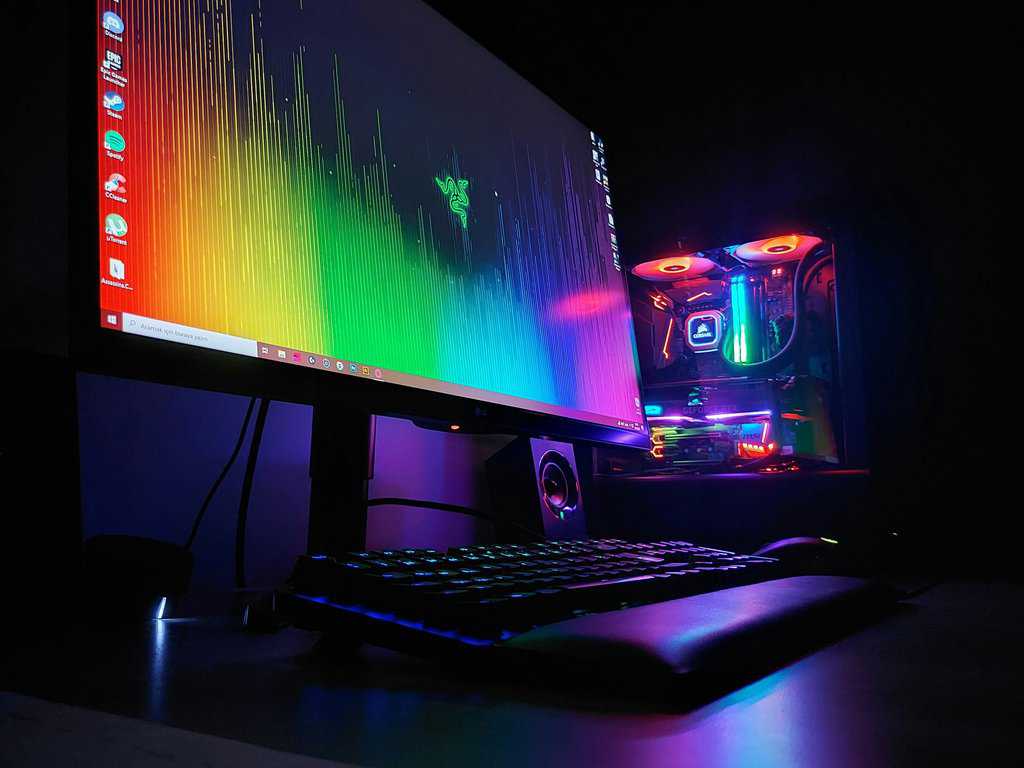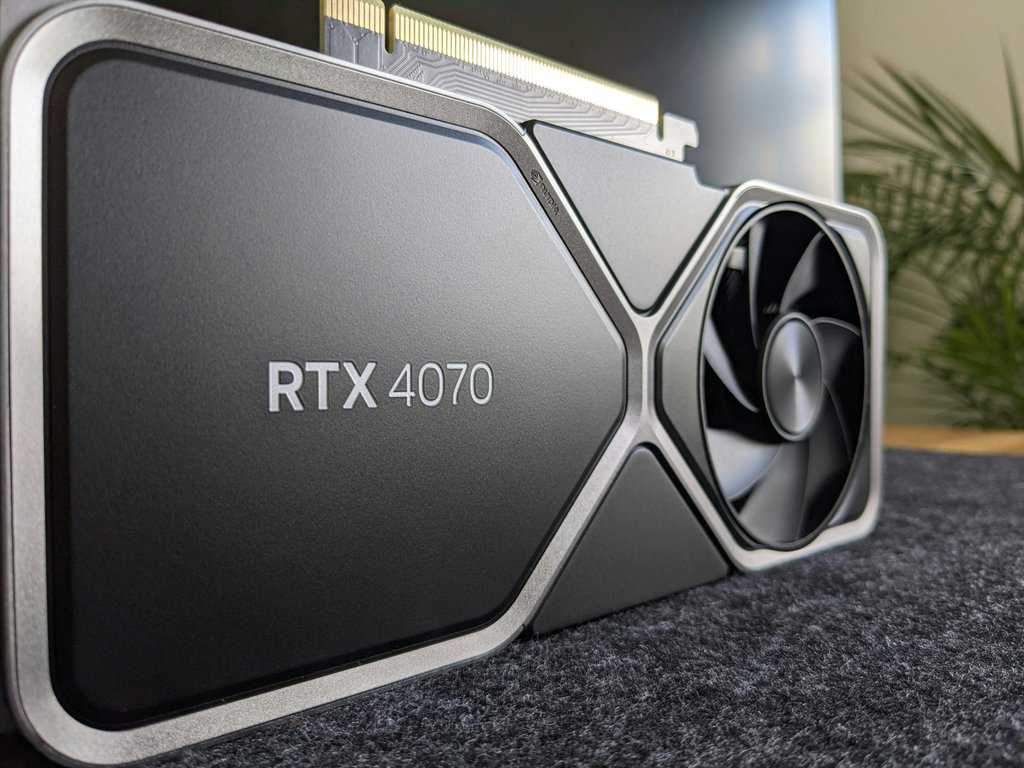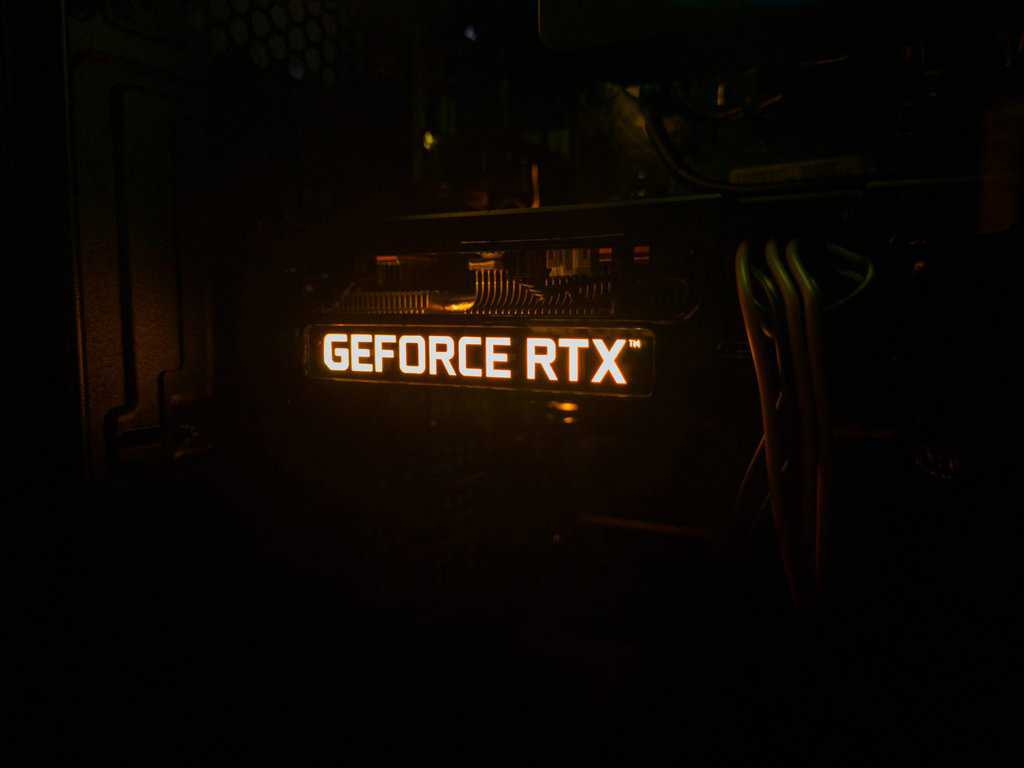In a world where every frame matters, the difference between winning and losing can often hinge on your graphics card’s performance. Enter Xnxubd 2020 Frame Rate—a term that has become synonymous with cutting-edge visuals and seamless gaming experiences. As gamers increasingly demand not just stunning graphics but also smooth gameplay, Nvidia’s high-performance graphics cards have emerged as the gold standard in delivering jaw-dropping realism at lightning-fast speeds. But what does it take to fully harness their potential?
For those who not only crave peak performance but also appreciate an inspiring visual environment, integrating artistic elements into your setup can make all the difference. Consider enhancing your gaming space with Vintage Canvas Wall Art Photos Prints to infuse a touch of timeless style and creativity that complements the state-of-the-art technology at your fingertips.
This ultimate guide delves into the intricacies of Nvidia’s offerings, unraveling the complexities of frame rates and how they impact your gaming journey. We’ll explore everything from specifications to optimization techniques, ensuring you get the most out of your hardware investment. Whether you’re an aspiring eSports champion or a casual gamer looking for an immersive experience, understanding frame rates is crucial in elevating your gameplay to new heights. Buckle up as we embark on this enlightening exploration—your quest for visual excellence begins here!
What is Xnxubd 2020?
Xnxubd 2020 has emerged as a buzzworthy term in the realm of high-performance graphics, particularly among gamers and digital artists who crave superior visual experiences. It represents an innovative framework that leverages Nvidia’s cutting-edge technologies to enhance frame rates and optimize graphical fidelity. This initiative not only aims to improve gameplay fluidity but also significantly reduces latency, creating seamless transitions during fast-paced action sequences.
One standout feature of Xnxubd 2020 is its ability to tap into advanced algorithms designed for real-time rendering improvements. By analyzing user input and adjusting performance metrics on-the-fly, it ensures that even the most demanding applications run smoothly without sacrificing visual quality. For creatives working with graphic-intensive software, this translates into less frustration during rendering processes and more time spent on actual creative work.
Moreover, Xnxubd 2020 empowers users to customize their gaming experience through tailored settings that can be fine-tuned for individual preferences or hardware specifications. This level of personalization allows both casual players and hardcore enthusiasts to get the most out of their Nvidia graphics cards while fostering a community around sharing optimization tips and benchmark results. In essence, Xnxubd 2020 stands as a testament to how far technology has come in enhancing user engagement through breathtaking visuals—transforming not just how we play games but how we perceive digital environments altogether.

Overview of Nvidia Graphics Cards
Nvidia’s graphics cards have long been lauded for their performance, innovation, and robust ecosystem. At the core of this reputation lies the architecture behind each GPU. The recent advancements in their Ampere architecture not only provide remarkable improvements in ray tracing and AI-driven features but also aim to optimize energy efficiency. This means gamers and creators alike can experience higher frame rates without a substantial increase in power consumption, opening doors for longer gaming sessions or demanding creative processes without the worry of overheating.
Moreover, Nvidia’s suite of software tools complements its hardware offerings beautifully. Technologies like NVIDIA Reflex reduce system latency by optimizing responsiveness, ensuring that every click translates swiftly into action on-screen—an invaluable edge in competitive gaming scenarios. With platforms like GeForce NOW enabling cloud gaming, even those without high-end hardware can enjoy top-tier performance by leveraging powerful servers remote from their location. This interconnectedness illustrates how Nvidia is not just shaping what happens inside your PC but also redefining how and where we experience graphical prowess.
Importance of High Frame Rates
The allure of high frame rates in gaming and digital content creation is not merely about eye candy; it fundamentally transforms the experience for players and viewers alike. A higher frame rate ensures smoother motion, which not only enhances realism but can also provide a competitive edge in fast-paced genres like first-person shooters or racing games. When every millisecond counts, a small increase in frames per second (FPS) can mean the difference between victory and defeat.
Moreover, high frame rates contribute significantly to visual clarity and responsiveness. As graphics cards from Nvidia push the boundaries of performance, they enable gamers to enjoy titles at astonishing FPS levels without compromising on graphical fidelity. This harmony between speed and quality unleashes intricate details that traditional setups might obscure—elements like dynamic lighting, fluid animations, and reactive environments become more pronounced, inviting players into immersive worlds where every detail matters.
Importantly, as technology evolves with 4K gaming becoming more mainstream, adopting high frame rates has never been more critical. Content creators are similarly benefiting from this trend; higher FPS allows for smoother editing workflows and stunning slow-motion effects that preserve breathtaking detail when slowed down. Ultimately, as we embrace these advancements powered by Nvidia’s leading graphics technology, it’s clear that high frame rates are not just a luxury but an essential component for both gameplay excellence and creative innovation.

Factors Affecting Frame Rate Performance
Frame rate performance is influenced by a multitude of factors that extend beyond just the capabilities of your graphics card. One crucial element is the resolution at which you’re gaming. Higher resolutions, such as 4K, demand significantly more processing power, causing frame rates to drop unless your GPU is equipped to handle such loads efficiently. Moreover, how well the drivers and software are optimized can greatly affect performance; poorly written code can bottleneck even the most powerful hardware.
Additionally, thermal management plays a significant role in sustaining frame rates during intense gaming sessions. If your GPU overheating triggers automatic throttling, you’ll experience dips in frame rate that could mean the difference between victory and defeat in competitive scenarios. Furthermore, background applications can siphon resources away from your game—common culprits include streaming software or resource-intensive browsers—which highlights the importance of maintaining an optimal system environment for peak performance.
Lastly, consider factors like V-Sync and G-Sync technologies that manage screen tearing versus smooth gameplay experiences; while they stabilize visuals at certain frame rates, they can inadvertently create latency issues when not tweaked correctly. Understanding these myriad elements equips gamers with insights to make informed choices about hardware upgrades and settings adjustments for an enhanced gaming experience tailored to their preferences.
Comparing Popular Nvidia Models
When it comes to the realm of performance and value, comparing popular Nvidia models reveals striking differences tailored for various needs. The GeForce RTX 3070 stands out as an exceptional choice for gamers seeking high frame rates without breaking the bank. It gracefully balances power and efficiency, often surpassing expectations in 1440p gaming while remaining relatively accessible in terms of price. On the other hand, the titan-like RTX 3080 offers a noticeable leap forward with its enhanced ray tracing capabilities and larger memory bandwidth—a dream come true for creators rendering complex visuals or gamers diving into visually demanding titles.
Meanwhile, enthusiasts interested in future-proofing their setups may turn their sights toward the RTX 3090. With an intimidating 24GB of VRAM, this behemoth is undeniably overkill for most gaming applications but shines brilliantly in data-heavy tasks like machine learning and high-resolution content creation. However, with price tags that can exceed wallets’ limits, it’s crucial to evaluate whether such power is a necessity or merely an obsession driven by benchmarks and bragging rights. Ultimately, selecting among these models depends not only on personal preferences but also on discerning what draws more from your investment: cutting-edge performance today or longevity down the line.

Optimizing Settings for Better Frame Rates
Tweaking your settings for optimal frame rates can transform your gaming experience from good to extraordinary. Start by adjusting the in-game graphics options; lowering settings such as shadows, textures, and anti-aliasing not only reduces system strain but also maintains visual fidelity. Many gamers overlook the power of resolution scaling—by rendering at a lower resolution and then upscaling, you can significantly boost performance without sacrificing too much clarity.
Furthermore, don’t underestimate the benefits of Nvidia’s Control Panel for fine-tuning performance. Enabling G-Sync will help reduce screen tearing while also ensuring smoother gameplay. Meanwhile, selecting High Performance in power management settings maximizes resource allocation towards your GPU when heavy workloads arise. Finally, consider experimenting with Overclocking; proper adjustments can elevate your FPS beyond standard limits if done cautiously and with adequate cooling solutions in place. Each setting tweak is a step closer to unleashing the full potential of Nvidia’s elite hardware capabilities!
Conclusion: Maximizing Your Gaming Experience
In the ever-evolving landscape of gaming technology, harnessing the full potential of your Nvidia graphics card can dramatically enhance your experience. By optimizing settings such as resolution, frame rate, and texture quality—while tailoring them to suit your specific gameplay style—you create a seamless environment that feels immersive and responsive. Embrace tools like NVIDIA GeForce Experience to automatically adjust game settings based on your hardware capabilities; this simple step ensures you’re always at the cutting edge of performance without endless manual tweaking.
Moreover, integrating peripheral enhancements like high-refresh-rate monitors or adaptive sync technologies can provide an additional layer of fluidity that complements Nvidia’s powerful graphics. These innovations help eliminate screen tearing and stuttering, allowing you to stay fully engaged in fast-paced scenarios without distraction. As you explore options for future upgrades or modifications, consider not just raw power but also the synergy between hardware and software; this holistic approach is key to unlocking unparalleled gaming satisfaction. Ultimately, by continuously assessing your setup and making informed adjustments, you’ll not only maximize performance but also cultivate a richer gaming journey tailored uniquely to you.
